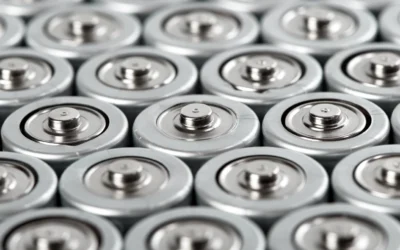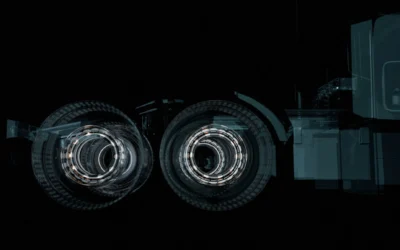Recent research at Princeton University unveils promising developments in anode-free solid-state batteries that could revolutionise EV range and efficiency.
Recent advancements in battery technology may pave the way for significant improvements in energy storage and electric vehicle (EV) performance, particularly in challenging environments. Researchers at the Andlinger Center for Energy and the Environment at Princeton University have made notable discoveries that could lead to the development of anode-free solid-state batteries. This innovation could play a crucial role in enhancing the capabilities of electric vehicles and other electronic devices.
The concern regarding electric vehicle range, particularly in mountainous terrains or extreme temperatures, has been a persistent issue for manufacturers and users alike. As Kelsey Hatzell, an associate professor at Princeton, explained, “If we can successfully introduce these up-and-coming batteries, we can access energy densities that are impossible with conventional batteries.” The ability to create batteries that offer over 500 miles on a single charge represents a potential breakthrough in the EV market, transforming the perception of vehicle range in a manner that includes the feasibility of electrified aviation.
Current advancements in battery technology largely revolve around solid-state lithium-ion batteries, considered the “holy grail” of energy storage. Unlike traditional batteries that utilise liquid or gel electrolytes, solid-state batteries incorporate non-liquid electrolytes, which render them safer, more stable, and capable of faster charging. Moreover, solid-state designs achieve greater energy density, offering opportunities for more compact and efficient battery systems.
The innovative approach of anode-free solid-state batteries involves the elimination of the negatively charged electrode, known as the anode. This change not only simplifies the battery’s construction but also has the potential to significantly reduce production costs. Hatzell remarked, “If you could assemble a battery without a lithium metal anode, you would greatly cut costs while leveraging existing manufacturing processes.” However, the transition to this technology is not without challenges. A primary concern is ensuring reliable contact between the current collectors and the solid electrolyte. Research indicates that while applying pressure can improve contact, it can also induce physical cracks that may lead to battery failure.
To effectively harness the potential of these batteries, researchers must resolve the issue of maintaining solid contact at lower pressures, which presents a significant hurdle given the near impossibility of creating defect-free electrolytes during manufacturing. Ongoing studies are exploring various solutions, including the use of carbon and silver nanoparticles as interlayers on current collectors to enhance performance.
The drive to make solid-state batteries commercially viable involves intense competition among companies, automakers, and academic institutions globally. As multiple stakeholders race to pioneer this technology, the results of their efforts could reshape the landscape of energy storage and electric mobility, presenting exciting possibilities for future advancements. The developments at the Andlinger Center underscore the continuous evolution within the field of battery technology, highlighting the critical role it plays in the transition towards more sustainable transport solutions.




